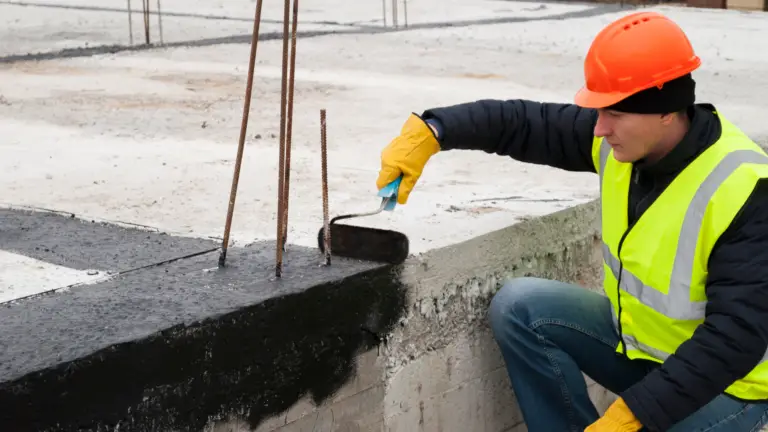The choice of construction materials in commercial projects plays a crucial role in the durability and long-term performance of a building. In this blog, we will explore the importance of selecting appropriate materials in commercial construction, highlighting the advantages of opting for durable options and the disadvantages of not doing so.
To view AH Construction’s projects click HERE
Advantages of Choosing Durable Materials:
1. Greater Durability:
- Advantage: Durable materials, such as stainless steel, high-performance concrete, and treated woods, provide increased resistance to weather conditions and daily wear, prolonging the building’s lifespan.
2. Lower Maintenance:
- Advantage: Using resilient and high-quality materials can reduce the need for constant maintenance. This not only saves long-term costs but also minimizes disruptions to business operations.
3. Energy Efficiency:
- Advantage: Materials like advanced insulation and high-performance windows contribute to energy efficiency, reducing operational costs and creating a more sustainable environment.
4. Regulatory Compliance:
- Advantage: By choosing materials that comply with local standards and regulations, potential penalties and delays associated with non-compliance are avoided.
5. Lasting Aesthetic Appeal:
- Advantage: High-quality materials maintain their aesthetic appeal over time, creating a positive impression on customers and visitors and contributing to the business’s reputation.
Disadvantages of Not Using Durable Materials:
1. Long-Term Costs:
- Disadvantage: Opting for initially cheaper construction materials can result in higher long-term costs due to frequent repairs and premature replacements.
2. Operational Disruptions:
- Disadvantage: Low-quality materials can deteriorate quickly, causing operational disruptions while unexpected repairs or renovations are carried out.
3. Environmental Impact:
- Disadvantage: Choosing materials that do not meet environmental standards can contribute to waste and pollution, negatively impacting the business’s image.
4. Business Reputation:
- Disadvantage: The appearance of a poorly maintained building due to the use of inadequate materials can negatively affect the perception of the business and customer loyalty.
5. Safety Risks:
- Disadvantage: Low-quality materials may pose safety risks to building occupants, leading to legal liabilities and reputational damage.
The choice of materials in commercial construction not only affects the building’s durability but also operational efficiency and the business’s image. Opting for durable materials can result in long-term benefits, while choosing cheaper options initially may lead to challenges and additional costs. The initial investment in quality materials is a smart strategy to ensure sustainability and the ongoing success of commercial projects.
To view AH Construction’s projects click HERE




